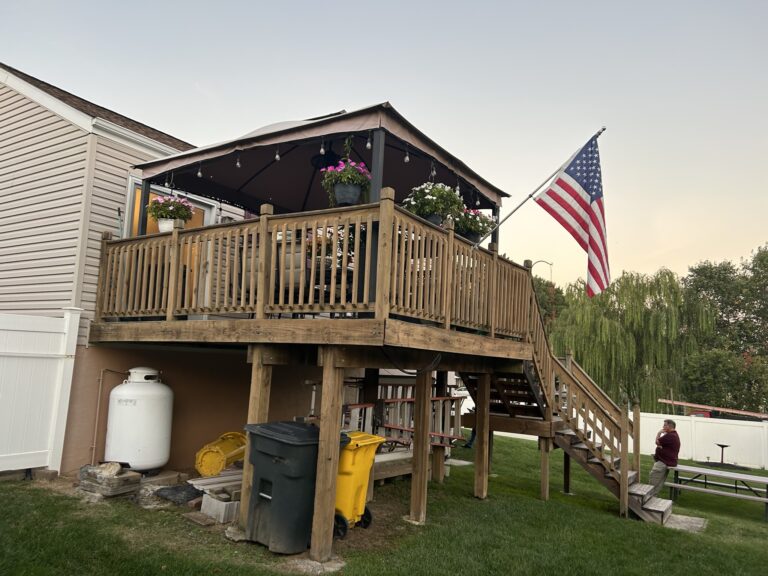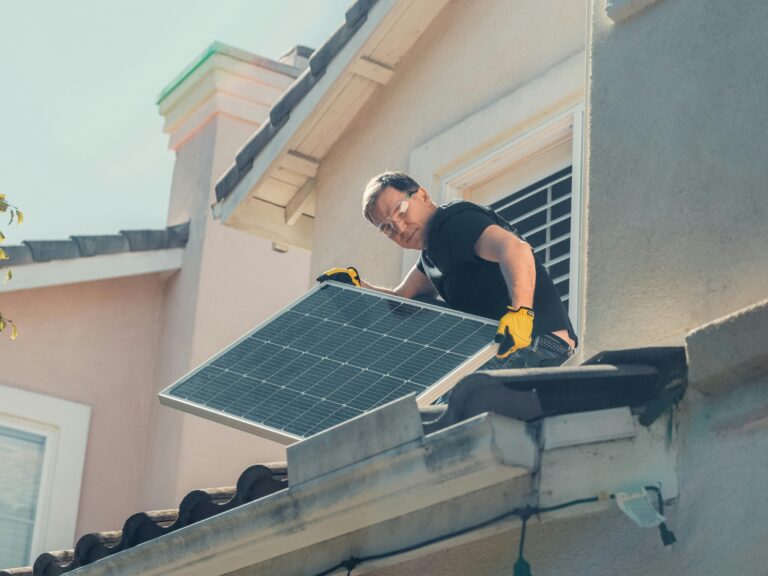Maximizing Your Home’s Potential: Strategic Upgrades for Value and Comfort
Your home is more than just shelter—it’s a dynamic asset that can grow in value while enhancing daily living. Strategic renovations bridge the gap between personal comfort and financial investment, particularly when targeting high-impact areas. Roofing, windows, decks, basements, and outdoor features like fire pits aren’t just functional elements; they’re opportunities to boost energy efficiency, expand usable space, and create inviting environments. In today’s market, homeowners prioritize projects offering dual returns: immediate enjoyment and long-term equity. Whether preparing for sale or crafting your forever home, understanding which upgrades deliver the most significant benefits is crucial. This guide focuses on practical, high-yield improvements that balance aesthetics, functionality, and resale potential.
Roofing: Your Home’s First Line of Defense
A roof’s condition directly impacts structural integrity and energy bills. Beyond leaks, signs like curling shingles, moss growth, or daylight in the attic demand attention. Modern materials extend lifespan and performance:
- Architectural Asphalt Shingles: Budget-friendly with 30-year lifespans and wind resistance
- Metal Roofing: 50+ year durability, reflecting heat to cut cooling costs by 25%
- Synthetic Slate: Lightweight alternative to natural stone with Class A fire ratings
Timing matters—replace roofs every 20-25 years or after major storms. Coordinate with gutter upgrades to prevent water damage. Proper attic ventilation (soffit/ridge vents) further prevents ice dams and moisture buildup.
Windows & Doors: Where Efficiency Meets Curb Appeal
Drafty windows can waste 10-25% of heating/cooling energy. Modern replacements solve this while transforming aesthetics. Key considerations:
- Energy Ratings: Look for ENERGY STAR® certification and low U-factors (measure of heat loss)
- Frame Materials: Fiberglass resists warping; vinyl is low-maintenance; wood offers classic charm
- Glass Tech: Low-E coatings reflect UV rays, while argon gas between panes improves insulation
For doors, steel units provide security and insulation, while fiberglass mimics wood grain without rotting. Install during moderate seasons to minimize indoor temperature exposure during fitting.
Decks & Basements: Unlocking Hidden Square Footage
These spaces maximize living area without structural additions. Decks should use pressure-treated lumber or composite materials (like Trex) for longevity. Include:
- Built-in benches or planters to define spaces
- Lighting (post-cap LEDs, stair risers) for evening use
- Weather-resistant railings matching home’s style
Basements require moisture control first: seal walls with waterproofing paint, install sump pumps, and choose vinyl plank flooring. Create zones (e.g., media area, gym, guest suite) with soundproofing insulation between rooms. Drop ceilings allow easy access to plumbing/electrical.
Fire Pits: The Ultimate Outdoor Anchor
Fire pits extend patio seasons and increase property value by 15-20%. Safety and placement are critical:
- Location: 10+ feet from structures/trees on non-combustible surfaces (pavers, gravel)
- Fuel Types: Wood-burning (authentic ambiance) vs. propane/gas (instant ignition, no smoke)
- Materials: Fire-rated brick, natural stone, or cast concrete for durability
Incorporate seating walls at 18″ height for comfort, and choose lava rock or fire glass as filler. Always check local burn ordinances and install spark screens.
Kitchen & Bathroom Revamps: High-Impact Interior Upgrades
These rooms offer the highest ROI (70-80% return). Prioritize:
- Kitchens: Refacing cabinets vs. full replacement, quartz countertops for durability, task lighting
- Bathrooms: Water-efficient fixtures, frameless shower enclosures, anti-slip tile
- Universal Design: Leverage clearances, curbless showers, and comfort-height toilets
Ventilation is non-negotiable—install 100+ CFM exhaust fans vented outdoors to prevent mold. For quick refreshes, update hardware and lighting rather than full remodels.
Strategic home upgrades merge personal satisfaction with smart investment. Focus on projects addressing both immediate needs (like energy loss through old windows) and lifestyle goals (expanding entertainment space with a deck). Start with critical structural items (roofing, windows) before enhancing livability (basements, fire pits). Always obtain permits, vet contractors thoroughly, and allocate 10-15% of your budget for unexpected issues. Remember: quality materials and craftsmanship yield higher long-term value than cutting corners. By targeting these key areas, you’ll build a home that’s not just market-ready, but truly yours—comfortable, efficient, and enduring.



